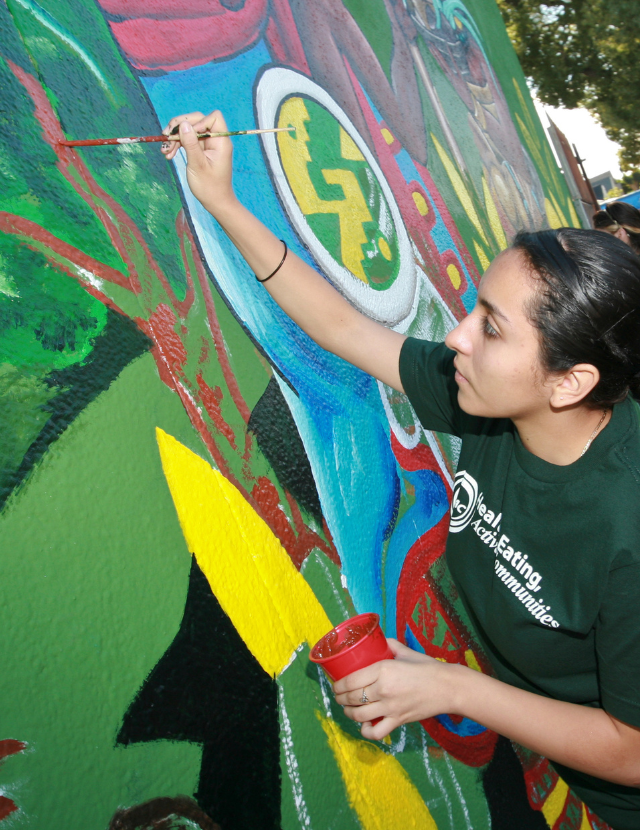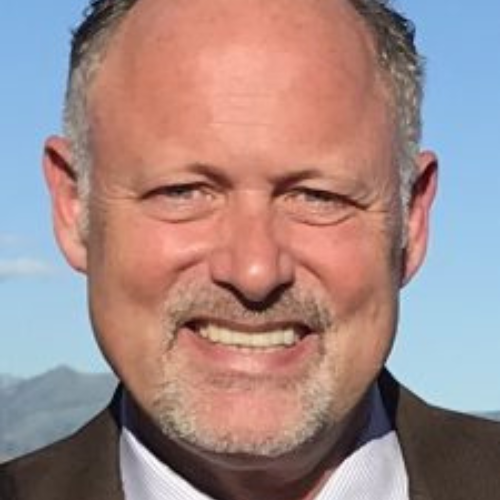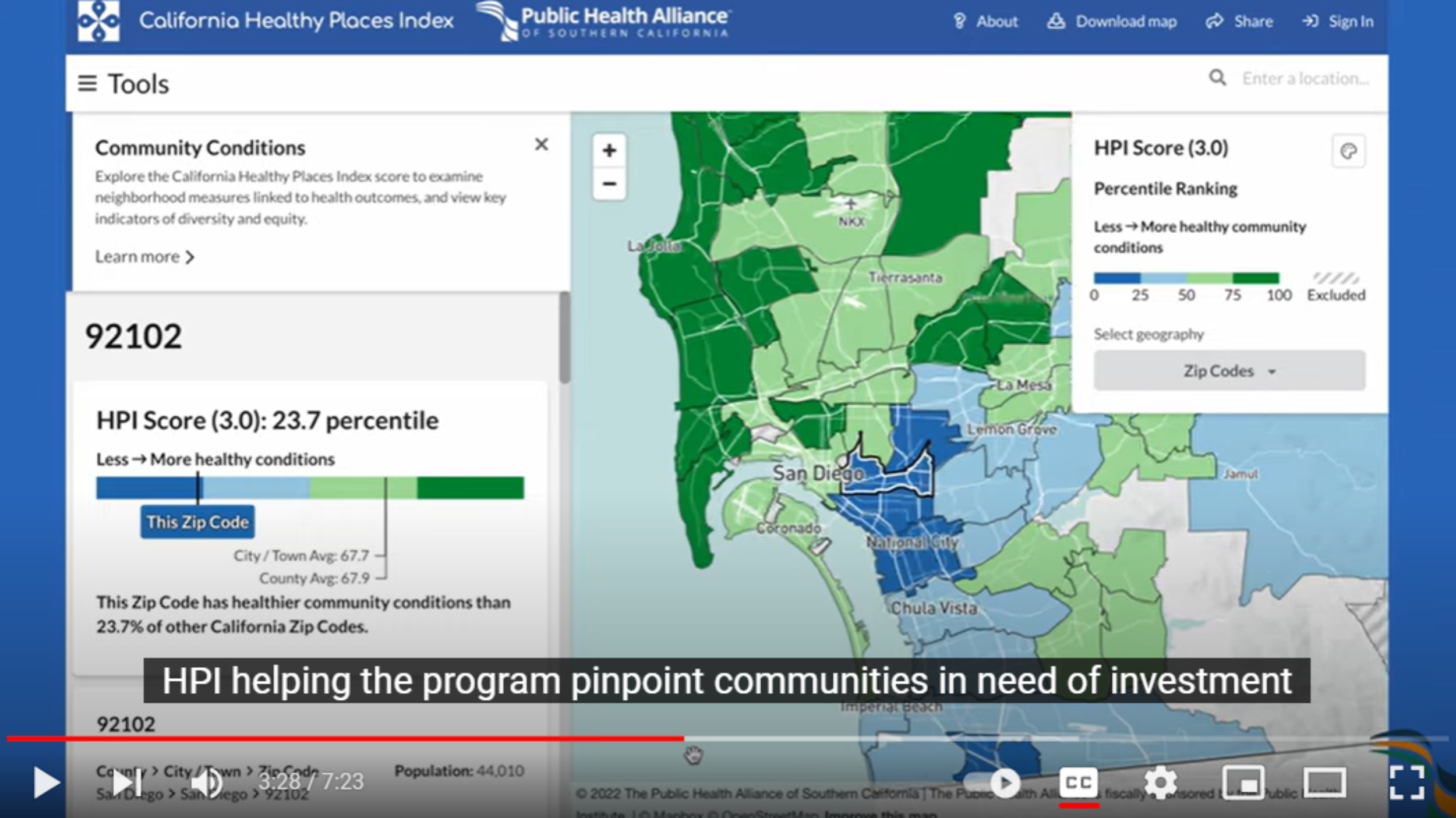Promoting Health Equity through Art: Using PHI’s HPI to Steer Funding to Local Artists
Highlights

In 2023, the California Arts Council’s Creative Corps used PHI’s Public Health Alliance of Southern California’s Healthy Places Index to guide funding to artists and organizations that represent historically under-resourced California communities, helping to address health inequities exacerbated by the COVID-19 pandemic.
$60M in funding directed to local artists and arts-based organizations, working alongside communities most impacted by systemic inequities
18 grantees selected for funding in 2023, representing diverse communities across the state
-
Focus Areas
Healthy Communities -
Strategic Initiatives
COVID-19

It is one of the best tools, the only tool I've experienced in the last couple of years to provide that specificity and measurability. Most people need data to make the right decision; often, they're given the wrong data. This is a data tool that you can stand behind; you can get behind this data tool.Jonathan Moscone
Executive Director, California Arts Council
Backed by $60 million in general funds, the first-of-its-kind pilot program aims to supports artists and is helping to address health inequities exacerbated by the COVID-19 pandemic. The corps of fellows received a year-long $65,000 salary plus benefits and a production budget up to $50,000 and execute year-long creative interventions across the state from Yreka near the Oregon border to City Heights in San Diego.
Projects are designed to reduce the barriers to health and well-being in communities that demonstrate the highest level of need, as identified by the HPI. Creative practices include filmmaking, poetry, graphic novels, photography, dance, and traditional art. The place-based art-making projects aim engage diverse communities, including Native peoples, migrants, LGBTQIA+, POC and other residents, and explore a broad range of systemic challenges including pollution, gentrification, healthcare, wellbeing, cultural identity and community/belonging.

As artists, we don't just create work that reflects our lived experiences. We change the narrative, challenge the status quo, and spotlight pressing issues to make a real difference. Creative Corps gets that. And with HPI in the program, we've truly grasped how our art can spark meaningful change where it matters most.ASTU
A Black, queer, and gender-expansive Oakland-based artist selected as one of the 2023 Creative Corps grantees
In total, Creative Corps received 375 proposals from artists and cultural practitioners in communities throughout California. In June 2023, 18 proposals were selected for funding, including:
- Sanctuary, a musical theatre production that reimagines church through the experience, expression and celebration of the Black Trans and Queer community
- Voices of the Golden Ghosts, a film highlighting the experiences of African Americans who participated in the California Gold Rush
- Rolling Acorn Art Lab, pop-up workshops that leverage Indigenous knowledge and the arts to explore the connections between climate change and racial and social inequalities
- ISEA Us, a storytelling project amplifying the lived experiences of LGBTQIA+ women, femme and/or non-binary California community members of indigenous Southeast Asian diaspora with ancestral roots in Laos
Learn more about the grantees.
Watch: How HPI Guides Funding to Promote Health Equity Through Art Across California
A version of this impact story was first published by the Public Health Alliance of Southern California.
Work With Us
You change the world. We do the rest. Explore fiscal sponsorship at PHI.
Support Us
Together, we can accelerate our response to public health’s most critical issues.
Find Employment
Begin your career at the Public Health Institute.

